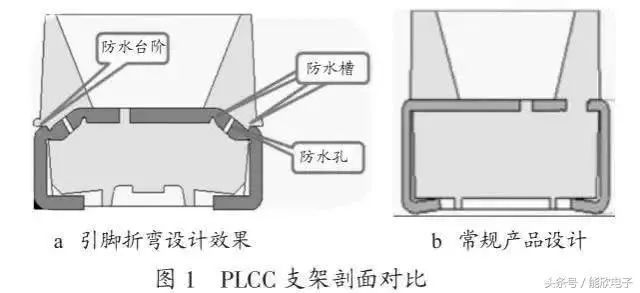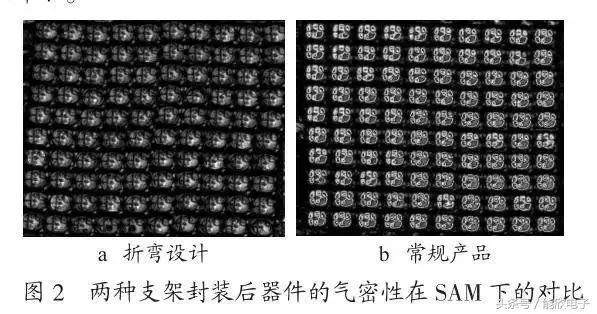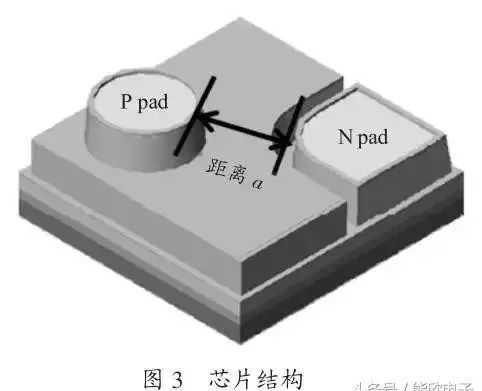LED devices account for about 40% to 70% of LED display costs, and the significant reduction in LED display costs is due to the lower cost of LED devices. The quality of the LED package has a great impact on the quality of the LED display. The key to package reliability includes the choice of chip materials, the choice of packaging materials and process control. In addition, strict reliability standards are key to testing high quality LED devices.
As LED displays gradually penetrate into the high-end market, the quality requirements for LED display devices are also increasing. This article explores the key technologies for implementing high-quality LED display devices with practical experience in high-quality LED display device packaging.
High quality LED display
Status of LED display device packaging
SMD (Surface Mounted Devices) refers to surface mount package LEDs, mainly LED (ChipLED) with PCB structure and LED (TOP LED) with PLCC structure. This article focuses on TOP LEDs, and the SMD LEDs mentioned below all refer to TOP LEDs.
The main materials used in LED display device packaging include brackets, chips, die attach adhesives, bond wires and encapsulants. The following is a brief introduction of some basic developments in China from the aspects of packaging materials.
1
LED bracket
(1) The role of the stent. The PLCC (Plastic Leaded Chip Carrier) bracket is the carrier of the SMD LED device and plays a key role in the reliability and light output of the LED.
(2) The production process of the bracket. PLCC bracket production process mainly includes metal strip punching, electroplating, PPA (polyphthalamide) injection molding, bending, five-sided three-dimensional inkjet and other processes. Among them, electroplating, metal substrates, plastic materials, etc. occupy the main cost of the stent.
(3) Improved structural design of the bracket. PLCC brackets Because of the physical combination of PPA and metal bonding, the gap becomes larger after the over-temperature reflow oven, which causes water vapor to easily enter the device along the metal channel and affect reliability.
In order to improve product reliability and meet the high-end market demand for high-quality LED display devices, some packaged factories have improved the structural design of the brackets, such as Foshan Guoxing Optoelectronics Co., Ltd. adopts advanced waterproof structure design, bending and stretching, etc. The method is to extend the water vapor entry path of the bracket, and at the same time, multiple waterproof measures such as a waterproof groove, a waterproof step, and a water discharge hole are added inside the bracket, as shown in FIG. 1 . This design not only saves packaging costs, but also improves product reliability, and has been widely used in outdoor LED display products. The SAM (Scanning Acoustic Microscope) was used to test the airtightness of the LED bracket package and the normal bracket after the bending structure design. As a result, it was found that the product with the bent structure design has better airtightness, as shown in Fig. 2.

High quality LED display 158-1558-9234

2
chip
The LED chip is the core of the LED device, and its reliability determines the lifetime and luminescence performance of the LED device and even the LED display. The cost of LED chips is also the largest in terms of the total cost of LED devices. As the cost decreases, the LED chip size is getting smaller and smaller, and it also brings a series of reliability problems. The structure of the LED blue-green chip is shown in Figure 3.

It can be seen from Fig. 3 that as the size is reduced, the pads of the P electrode and the N electrode are also reduced, and the reduction of the electrode pad directly affects the quality of the bonding wire, and it is easy to cause the gold ball to detach or even the electrode itself to detach during the packaging process and the use process. Eventually invalid. At the same time, the distance a between the two pads will also shrink, which will cause the current density at the electrode to increase excessively, and the current will locally accumulate at the electrode, and the unevenly distributed current seriously affects the performance of the chip, causing the chip to have a local temperature. Problems such as excessive height, uneven brightness, easy leakage, drop of electrodes, and even low luminous efficiency ultimately lead to reduced reliability of the LED display.
3
Bond wire
The bonding wire is one of the key materials of the LED package. Its function is to realize the electrical connection between the chip and the pin, and to play the role of current and output of the chip and the outside. Common bonding wires for LED device packages include gold wires, copper wires, palladium-plated copper wires, and alloy wires.
(1) Gold wire. Gold wire is the most widely used, the most mature process, but expensive, resulting in high packaging cost of LED.
(2) Copper wire. The copper wire replaces the gold wire and has the advantages of low cost, good heat dissipation effect, and slow growth of intermetallic compounds during the wire bonding process. The disadvantage is that copper is easily oxidized, has high hardness and high strain strength. Especially in the heating environment of the bonding copper ball burning process, the copper surface is easily oxidized, and the formed oxide film reduces the bonding property of the copper wire, which puts higher requirements on the process control in the actual production process.
(3) Palladium-plated copper wire. In order to prevent oxidation of copper wires, palladium-bonded copper wires are gradually attracting attention from the packaging industry. Palladium-bonded copper wire has the advantages of high mechanical strength, moderate hardness, good soldering and ball bonding, and is very suitable for high-density, multi-pin integrated circuit packages.
4
glue
At present, the glue of the LED display device package mainly includes epoxy resin and silicone.
(1) Epoxy resin. Epoxy resin is easy to age, easy to be wet, and has poor heat resistance. It is easy to change color under short-wave illumination and high temperature. It has certain toxicity in colloidal state. Thermal stress and LED do not match very well, which will affect the reliability and life of LED. . Therefore, the epoxy resin is usually attacked.
(2) Silicone. Compared with epoxy resin, silicone has high cost performance, excellent insulation, dielectric properties and adhesion. But the disadvantage is that the air tightness is poor and it is easy to absorb moisture. Therefore, it is rarely used in packaging applications for LED display devices.
In addition, high-quality LED displays place special demands on the display. Some packaging plants use additives to improve the stress of the glue while achieving a matte matte finish.
Components such as resistors, LED lights, sensors, and even chips can be mounted on membrane switch circuit. Membrane Switches are not just buttons to human - computer anymore. Based on different circuit materials, the membrane switch can integrate more electronic functions, even move all the components originally placed on the PCB to the membrane switch.
Led Membrane Switches,Led Membrane Switch Button,Led Membrane Switch Panels,Mechanical Led Membrane Switches
KEDA MEMBRANE TECHNOLOGY CO., LTD , https://www.kedamembrane.com
![<?echo $_SERVER['SERVER_NAME'];?>](/template/twentyseventeen/skin/images/header.jpg)